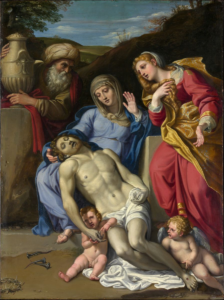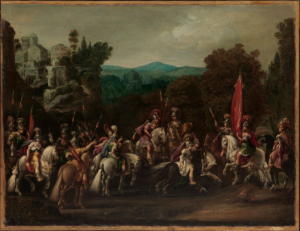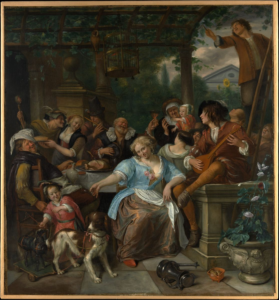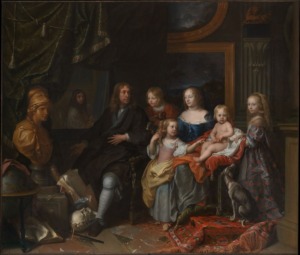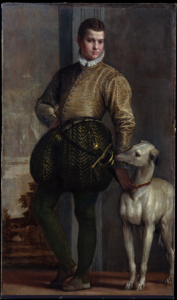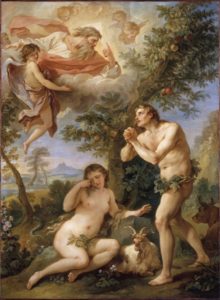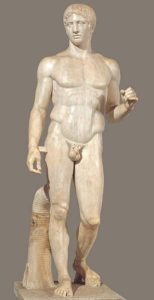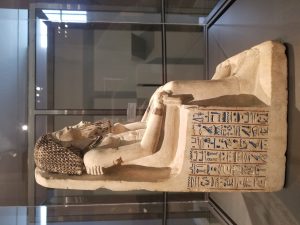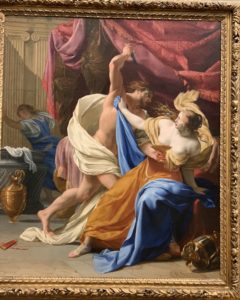Topic – Emotions depicted in different forms of art
Thesis statement : Throughout history, forms of art have successfully represented emotions and stories in different ways. We see emotions and stories further deepened in details like body language, facial expressions, and symbolism.

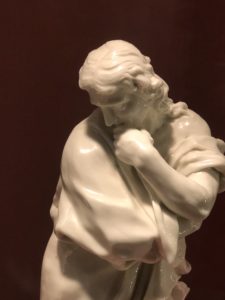
The mourning Virgin and Saint John the Evangelist
Soft paste porcelain
Giuseppe Gricci (ca. 1700- 1770)
Italian (Naples), ca. 1744
This artwork can support and relate to my thesis statement because of not only the facial expression that we see on The Virgin Mary and Saint John but also their poses. Both of these figures seem to be in a position where their own grief and shock has taken over and affected their bodies. I also feel as though that the porcelain and drapery gives them a movement and fragileness that makes the emotions and the story be much more affective to audiences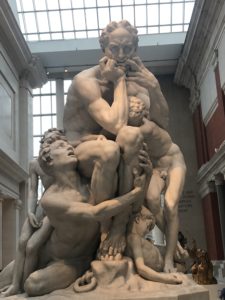
Ugolino and His Sons
Saint-beane Marble
Jean-Baptitse Carpeaux (1827-1875)
French (Paris), 1865-67
When you first see this artwork, you are immediate capture by what you see. I think this supports my theme and topic because we see the emotion all over. Analazying this can make you notice the obvious which is Ugolino (front) and his sons (around him) tortured and sad facial expressions. However, there is so many other details that add to the intensity of their torture. When we find out the story behind it, the intensity of the situation is deepened.

Georges de La Tour
French, Vic-sur Seille 1593-1653 Luneville
The Penitent Magdalen
ca. 1640
Oil on Canvas
Along with Ugolino and His Sons, The Penitent Magdalen is one of my favorites. When first looking upon this painting, the first thing that is obvious is that we do not see the womans face. But, there is a lot of symbolism and the colors used that make it obvious that this is a solemn moment. It brings about a sense of wonder. It differs from so many because we do not see emotion in the face but we receive it from the symbols around her.

Eustache Le Seur
French, Paris 1616-1655 Paris
The Rape of Tamar
probably ca. 1640
Oil on canvas
The Rape of Tamar holds a lot of emotion. The name of this title gives away a lot and it shows a lot of fear and a spectator can sense that and also feel angers towards the situation and sadness because of the horrible thing happening to Tamar. The smallest details can add more to the story and the emotion generated from the painting and the emotion in it. Its another effective way in telling a story and invoking emotions. It’s a great piece of art for my thesis
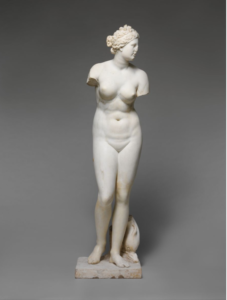
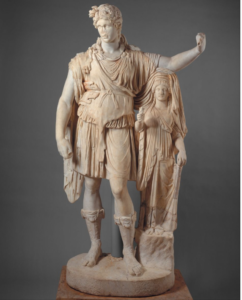
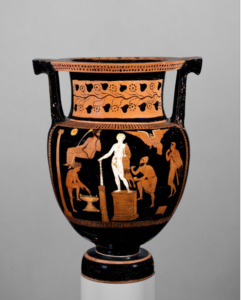
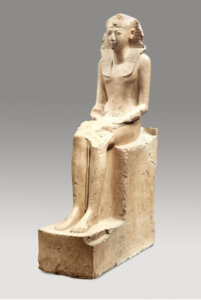
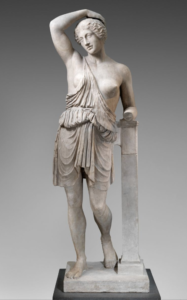


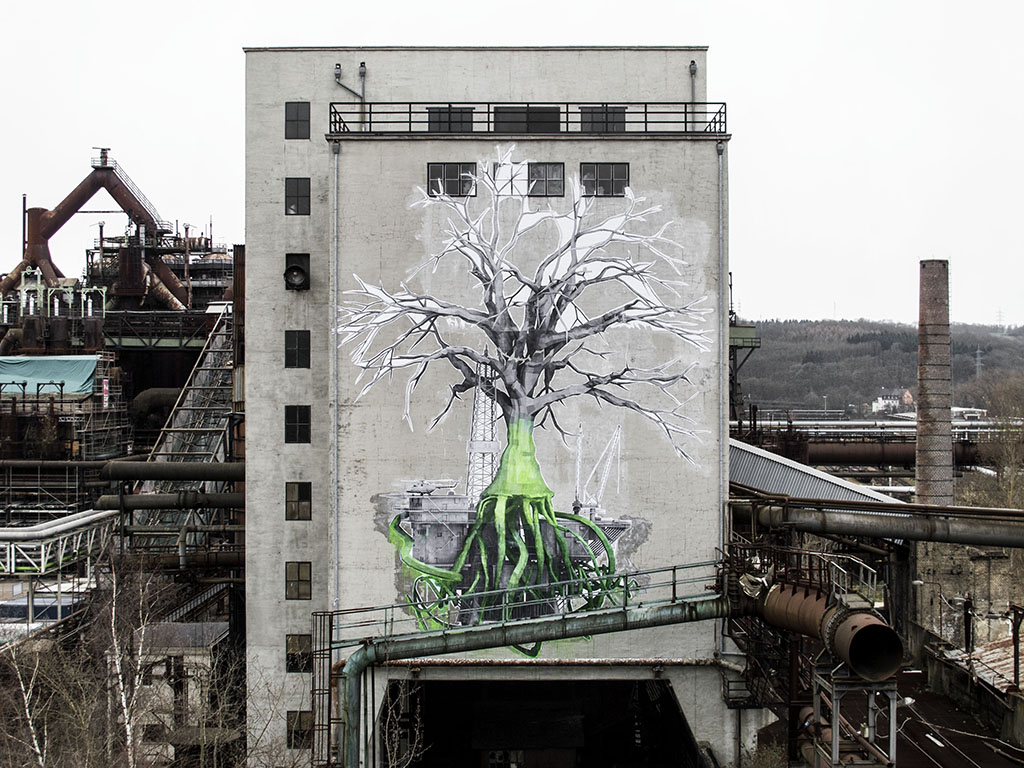
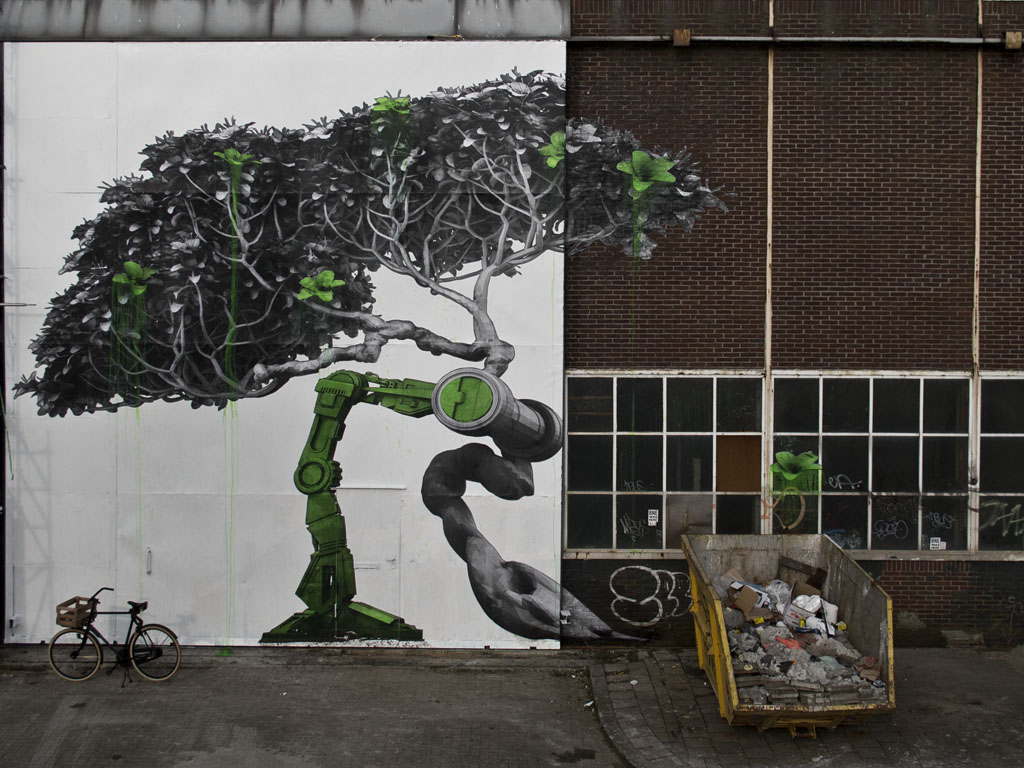
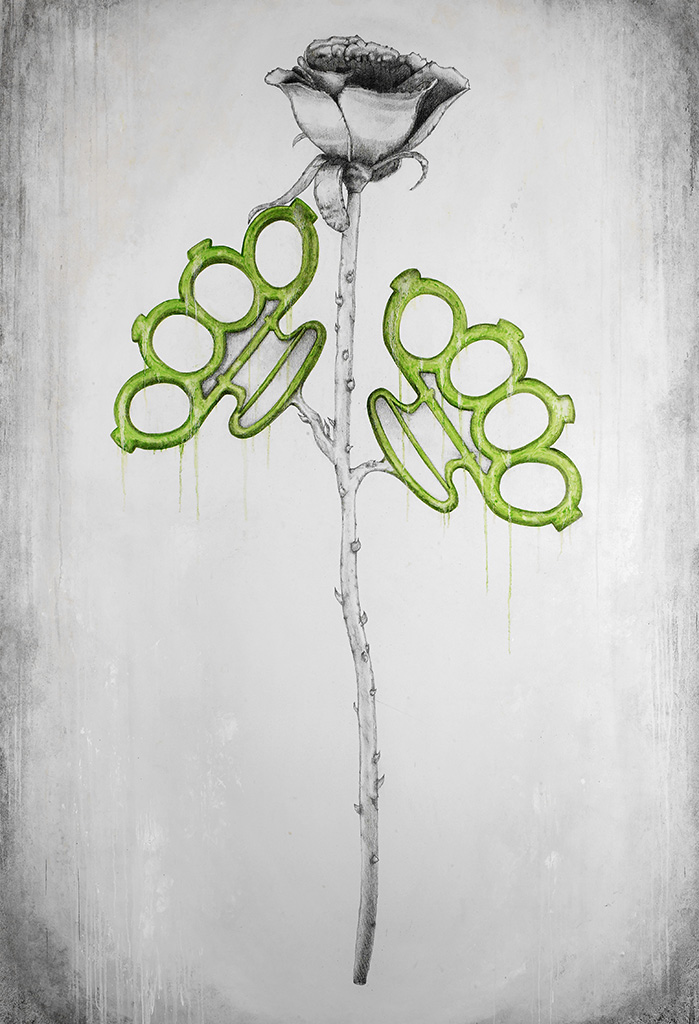
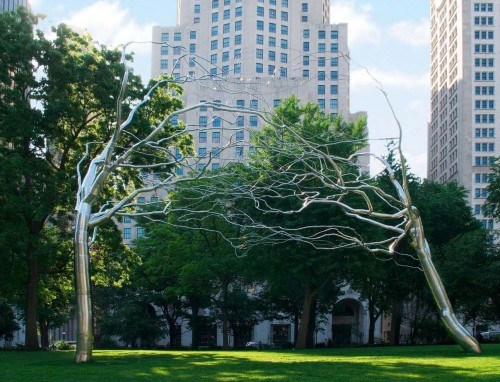





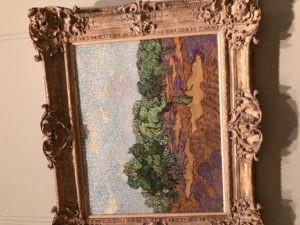 Olive trees, Vincent Van Gogh, 1889
Olive trees, Vincent Van Gogh, 1889 Sunflowers, Vincent van Gogh, 1887
Sunflowers, Vincent van Gogh, 1887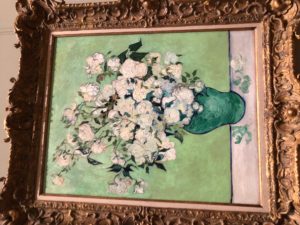 Roses, Vincent Van Gogh, 1890
Roses, Vincent Van Gogh, 1890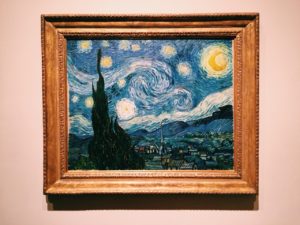
 oleanders, Vincent Van Gogh, 1888
oleanders, Vincent Van Gogh, 1888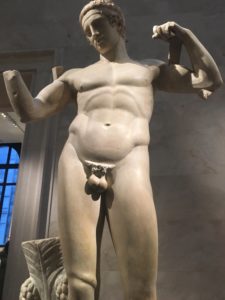
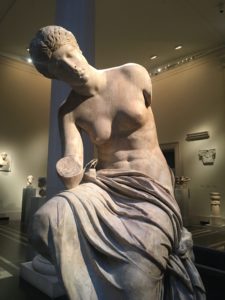
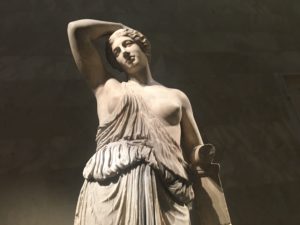
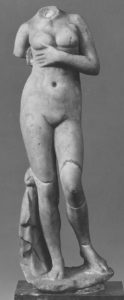
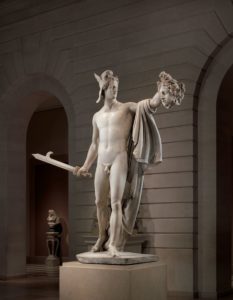
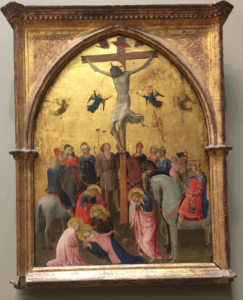 For the Renaissance era I used Fra Angelico’s “The Crucifixion,” dated to the 1420s. This is a great example of Renaissance art because it focuses on a violent religious event, however, the artist manages to make the scene appear delicate. The picture depicts Christ crucified on the cross with people surrounding him and angels in the background. Some of the men appear to be holding spears that have caused the wounds on Christ. There is blood coming out Christ’s chest, but true to Renaissance qualities even that appears still and light, like the other hues of red in the painting that are also light. Even the Virgin Mary passed out on the floor lacks the dramatic chaos of what would be seen if this were to be a Baroque painting.
For the Renaissance era I used Fra Angelico’s “The Crucifixion,” dated to the 1420s. This is a great example of Renaissance art because it focuses on a violent religious event, however, the artist manages to make the scene appear delicate. The picture depicts Christ crucified on the cross with people surrounding him and angels in the background. Some of the men appear to be holding spears that have caused the wounds on Christ. There is blood coming out Christ’s chest, but true to Renaissance qualities even that appears still and light, like the other hues of red in the painting that are also light. Even the Virgin Mary passed out on the floor lacks the dramatic chaos of what would be seen if this were to be a Baroque painting.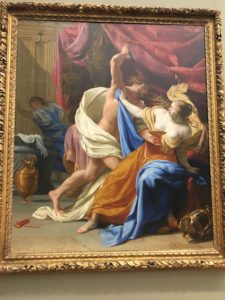 painting that caught my attention because of what was being shown. Although there are only three people in the painting, it seems like there is a lot happening. At the forefront is a man with a dagger held high, aimed at a woman with her breasts peeking out of her disheveled dress. Both of their faces show fear, which adds to the mayhem surrounding them. True to Baroque era qualities, there is real sense of dramatic disorder, especially upon looking into the context of the story which is one of a man named Amnom- the son of David- raping his half-sister. This action in the painting is illustrated through the running maid in the background, the vases scattered on the floor, and the flying sheets and clothes. Despite being a painting, there is no stillness to the painting and the audience can practically feel the urgent emotions that are being shown.
painting that caught my attention because of what was being shown. Although there are only three people in the painting, it seems like there is a lot happening. At the forefront is a man with a dagger held high, aimed at a woman with her breasts peeking out of her disheveled dress. Both of their faces show fear, which adds to the mayhem surrounding them. True to Baroque era qualities, there is real sense of dramatic disorder, especially upon looking into the context of the story which is one of a man named Amnom- the son of David- raping his half-sister. This action in the painting is illustrated through the running maid in the background, the vases scattered on the floor, and the flying sheets and clothes. Despite being a painting, there is no stillness to the painting and the audience can practically feel the urgent emotions that are being shown.
